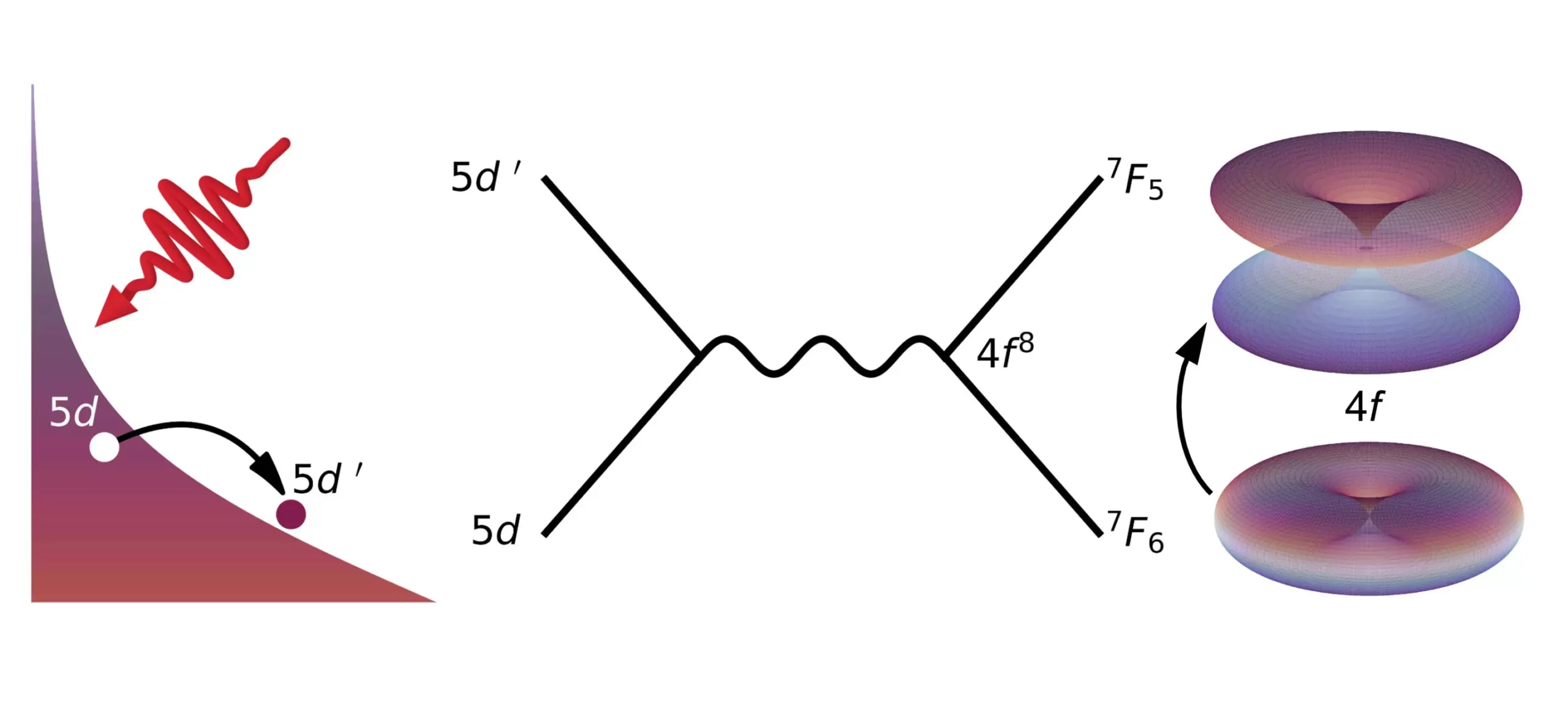Rare earth magnetic materials have always been known for their unique properties, attributed to the behavior of electrons in the 4f shell. It was previously believed that controlling the magnetic properties of these 4f electrons was nearly impossible. However, recent research conducted by a team from HZB, Freie Universität Berlin, and other institutions has shattered this assumption. Through experiments at EuXFEL and FLASH, the team was able to demonstrate that laser pulses can indeed influence 4f electrons and alter their magnetic properties. This groundbreaking discovery opens up a new avenue for utilizing rare earth elements in data storage technologies.
Rare earth magnets are some of the strongest magnets known to man, with their magnetic properties being primarily governed by the 4f electrons present in their atomic structure. The large magnetic moment generated by these 4f electrons remains stable even when the chemical composition of the material changes. This inherent stability allows rare earth elements to be incorporated into various compounds and alloys without compromising their magnetic characteristics. The traditional belief was that the magnetic properties of 4f electrons were immutable, even under laser excitation. However, the recent findings have proven otherwise.
In the study, the team focused on terbium, a rare earth element with atomic number 65 and 8 electrons in its 4f orbitals. By subjecting terbium samples to ultrashort laser pulses and analyzing them using X-ray spectroscopy at EuXFEL and FLASH, the researchers were able to observe a remarkable phenomenon. The laser excitation caused the 4f electrons to temporarily transition to an orbital with a different spatial distribution, leading to a change in their magnetic properties. This unexpected behavior sheds light on the potential for leveraging rare earth materials in new and innovative applications.
The ability to manipulate the magnetic properties of rare earth materials through laser excitation holds significant promise for the development of energy-efficient and rapid information storage devices. While rare earths have not been traditionally utilized in magnetic storage media, the newfound understanding of their magnetic behavior opens up a realm of possibilities. By harnessing the power of ultrashort laser pulses to stimulate 4f electrons, researchers envision a future where electronic switching in rare-earth magnets could outperform existing methods like HAMR technology.
Pioneering Research Enabled by Advanced X-ray Sources
The success of this research can be attributed to the advancement of accelerator-based X-ray sources, enabling the generation of ultrashort X-ray pulses that capture elemental processes in magnetic materials at femtosecond time scales. These cutting-edge X-ray sources, such as those at EuXFEL, FLASH, and HZB, have revolutionized the study of ultrafast magnetic effects. With ongoing developments in X-ray technology, researchers anticipate further breakthroughs in understanding and harnessing the potential of rare earth magnetic materials.
The recent discovery of laser pulse-induced manipulation of 4f electrons in rare earth magnetic materials represents a remarkable leap forward in the field of magnetism and information storage. By unlocking the ability to control the magnetic properties of rare earth elements, researchers are paving the way for next-generation data storage technologies that are fast, energy-efficient, and highly versatile. As research continues to push the boundaries of what is possible with rare earth materials, the future of magnetism and information technology looks brighter than ever.


Leave a Reply